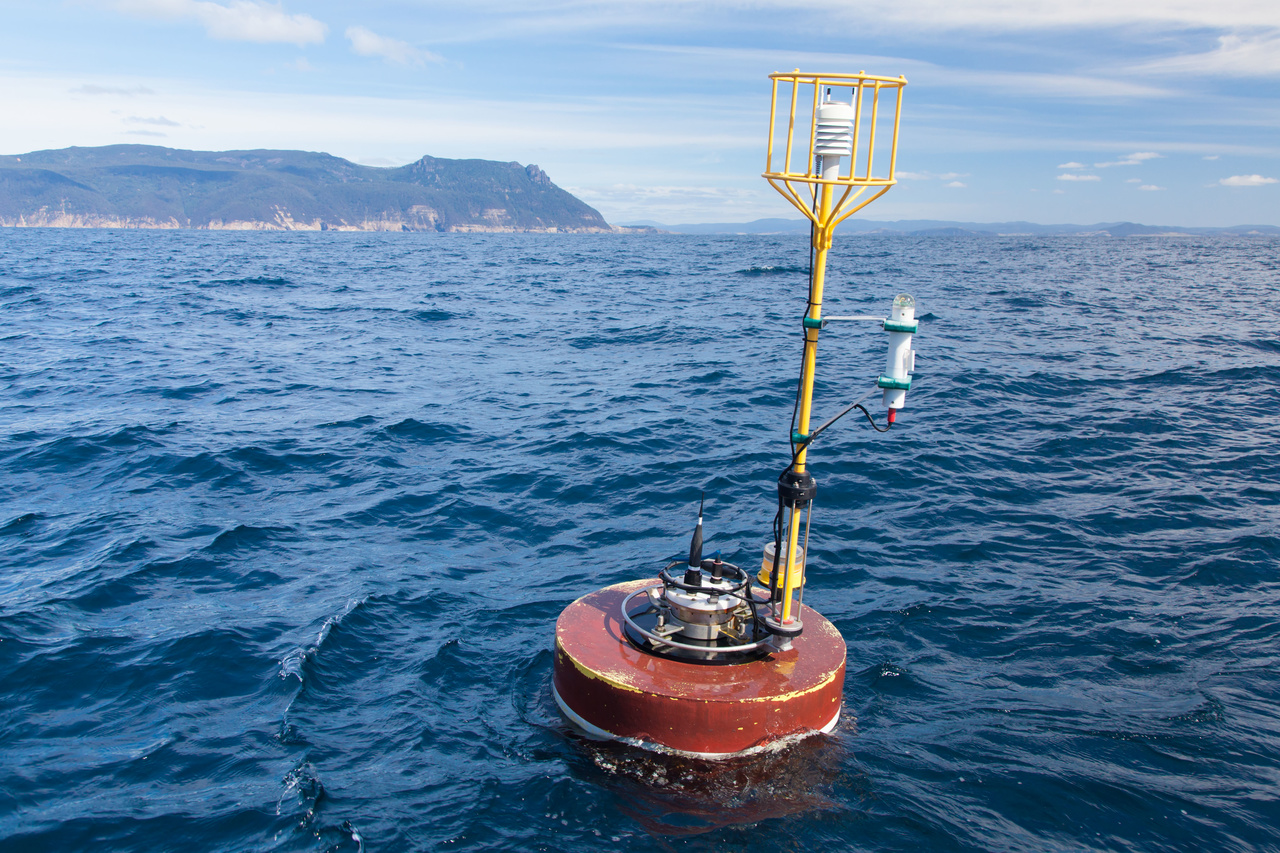The AODN and National Mooring Network Facilities have completed a project creating long time series products ensuring the wealth of IMOS mooring data is more accessible to users.
The IMOS National Mooring Network manages moored instruments at over 60 coastal sites around Australia, with some of these sites active for up to 13 years, and also includes historical observations extending back 70 years at some stations.
Whilst the sheer number of data files from the 60 coastal sites provides an amazing resource for the Australian marine and climate science community, visualising and analysing the entire time series for a single parameter from even one site requires significant technical expertise.
IMOS recognised that by creating new data products, aggregating the long time series from each site, we could increase the uptake and use of the mooring data by providing better support to scientists, students and other stakeholders.
IMOS formed a Working Group on Moorings Time Series products in 2018, who defined the range of products required, focussing initially on foundational aggregations of oceanographic parameters (e.g. temperature, salinity, currents) to serve the broadest range of users, and ensuring the IMOS mooring observations would be more user-friendly.
The Working Group identified five high priority products that could be produced in the initial 12-month project timeframe. The project was led by the Australian Ocean Data Network (AODN), who produced the necessary code for the generation of each product.
AODN staff also reviewed the products and integrated them into the AODN production line. A small team of technical experts from the regional moorings sub-Facilities and the Deep Water Moorings Facility provided regular review and technical advice. Other IMOS staff and some users also had opportunity to review the products and provide feedback.
IMOS has released the five products as they were completed, with more information about each provided in the news links listed here:
- Aggregated Time Series product
- Hourly Time Series product, available through the AODN Portal,
- Gridded Temperature Time Series product, available through the AODN Portal,
- Velocity Aggregated Time Series product
- Velocity Hourly Time Series product, available through the AODN Portal.
Each of these products are available via the AODN THREDDS server, in dedicated folders named accordingly (i.e.”aggregated timeseries” , “hourly time series” , “gridded timeseries”) within each site folder e.g. Hourly time series (of all parameters, including velocity) for the Rottnest Island National reference Station can be found here.
AIMS recently hosted an online webinar on the project, with approximately 50 online attendees listening in. If you missed that presentation it can be watched here.
The new time series products are already appreciated by users of the mooring data.
Dr Paul Thomson of the University of Western Australia says “I’ve spent years using the temperature and salinity data from the National Reference Stations. I would painstakingly gather the many, individual data files from several years, stitch these together and then average the high frequency temperature and salinity data to hourly values. Sometimes there would be missing data from a particular depth, so I would go back to AODN to see what else was available and could be included. “
“Now, IMOS has developed long term data products that will make life easier for users. Temperature data for example is gridded over depth to give a full time series at the National Reference Stations. I think these long-term data products will make the data more attractive to a larger range of users and greatly encourage data uptake,” says Dr Thomson.
The delivery of further products will be considered in the future.
For any further information or feedback on these products please contact info(at)aodn.org.au
This news item was written with the AODN staff.
